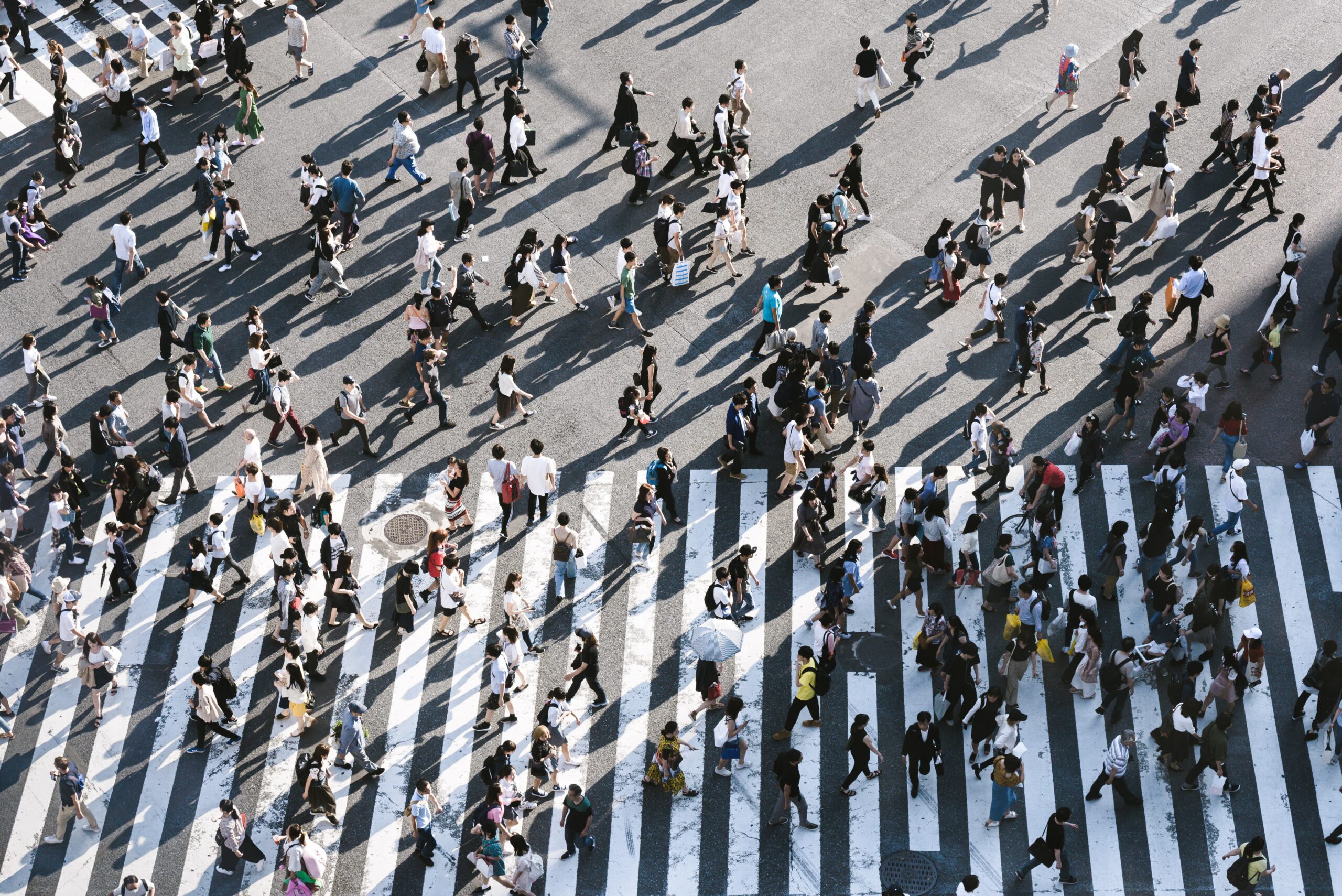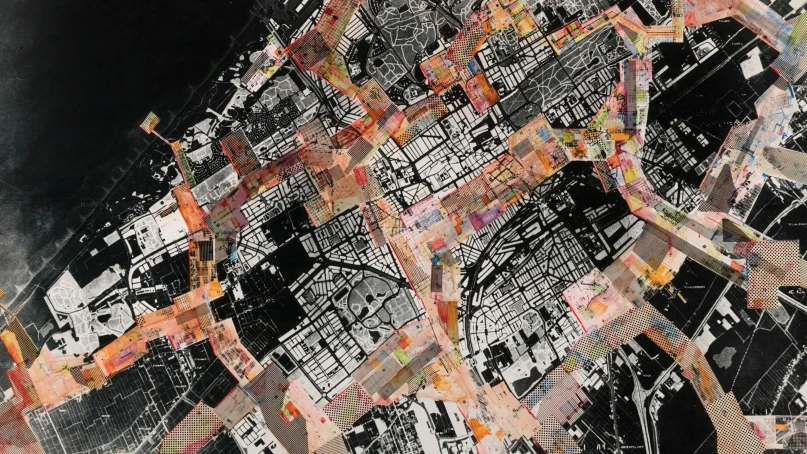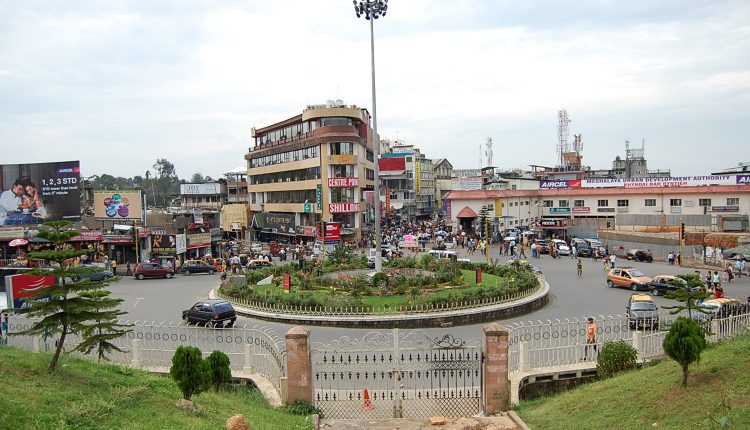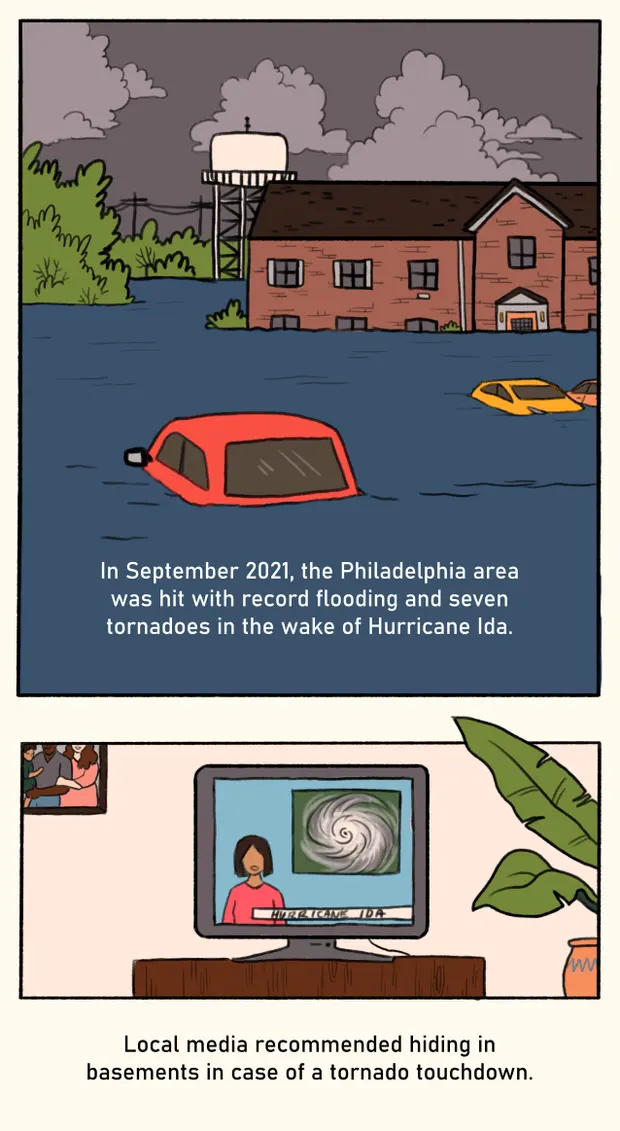
Much attention has been given to COVID-19’s impact on population losses in the nation’s largest cities, raising questions about a potential urban “exodus” and the shape of the post-pandemic city.
This analysis sheds light on the issue by examining the Census Bureau’s recently released estimates of annual city population changes for the 2010s decade through the year July 2019 to July 2020. They indicate that most big cities with populations exceeding 250,000 showed lower population growth in the year the pandemic began than in the previous year, and nearly one-third of them registered their lowest annual growth in the decade. Still, only a few of these cities—mostly the nation’s largest—showed sharp population losses during the year COVID-19 began. Many of the others either continued population losses or slower gains that emerged earlier in the 2010s decade—or registered growth rises.
+INFO: Brookings























